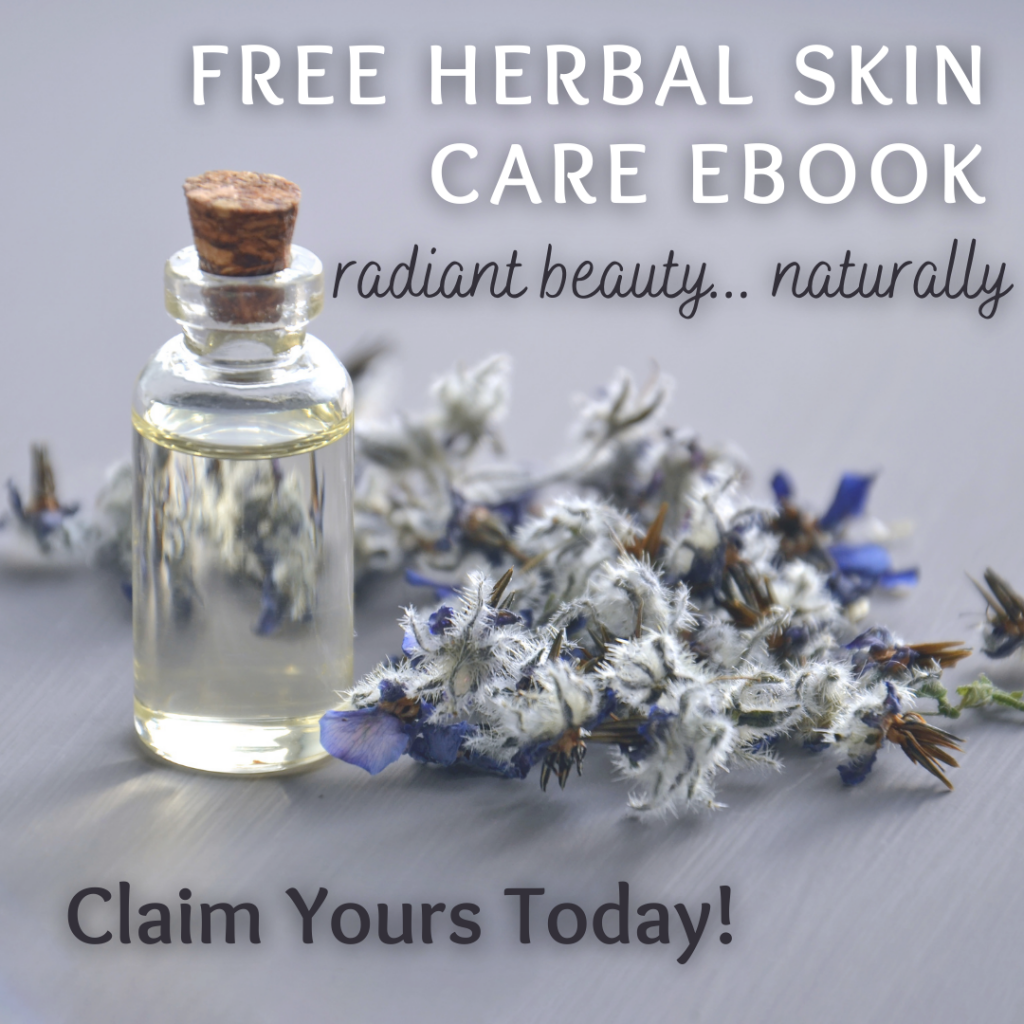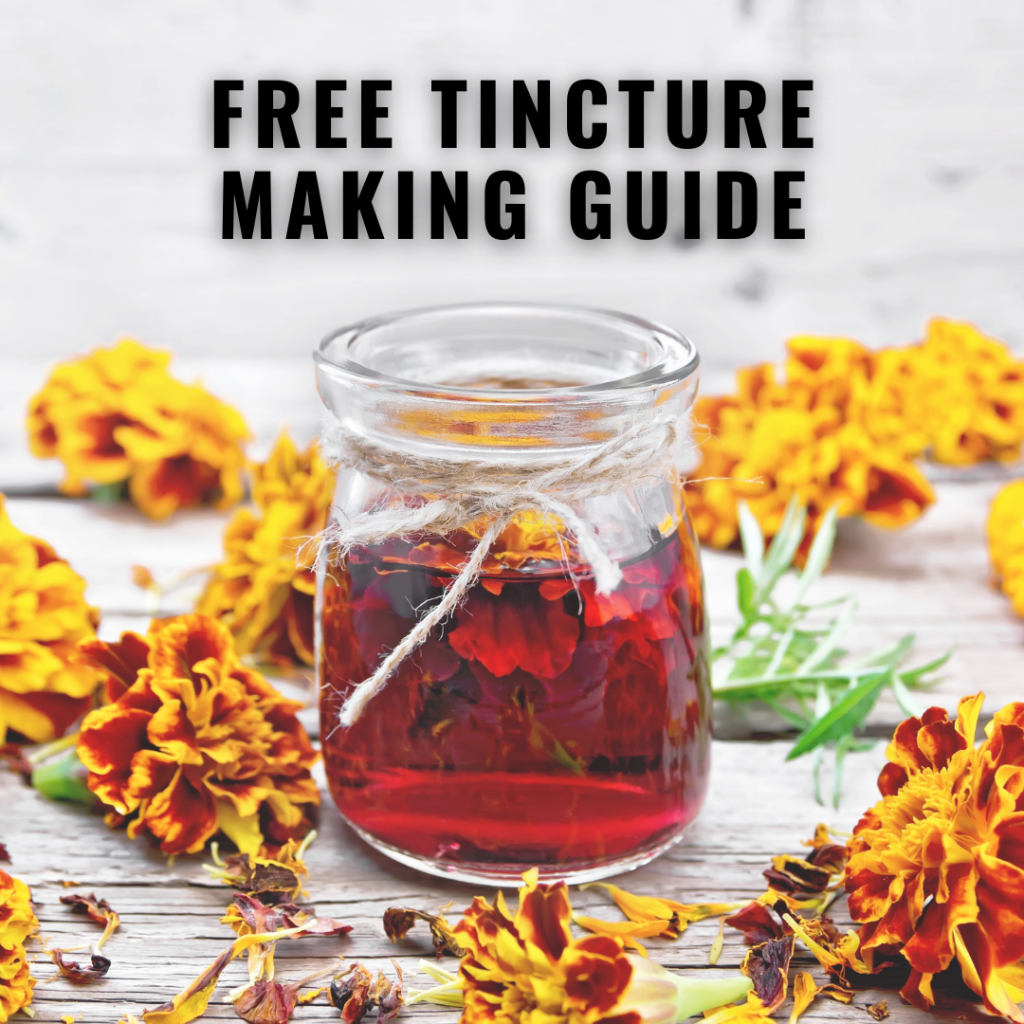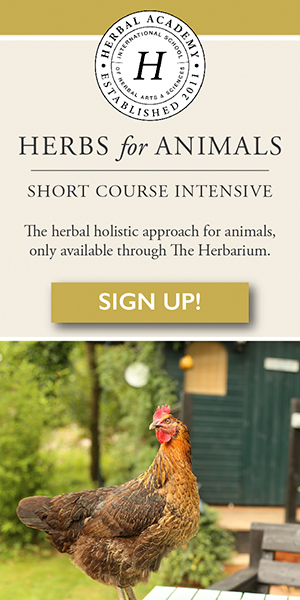Fall is my favourite time of year. The change of colours and the crisp air makes me feel more connected to nature than any other season. Living outside of Ontario for a few years really made me appreciate the cycle of seasons that we are lucky enough to experience. While I enjoy this time of year most of all, for many, autumn is punctuated with dread of the coming winter.
For some it is the idea of cold weather, but for most people it is the fear of getting sick. While winter does usually bring with it colds, flu and other infections, it doesn’t have to be a time of frequent sick days.
It is important to keep in mind that colds, flu and infections are not caused by simply being exposed to micro-organisms. We can become obsessed and paranoid by our exposure to germs, but we must remember that our body has defences against this. We are exposed to countless micro-organisms on a daily basis, yet we don’t all walk around in a disease-infested state. In fact getting sick is rare for most of us.
Having your cupboards stocked with natural remedies is not a bad idea in the winter months; the best defence is a proactive one! While it makes complete sense to avoid getting sick all together, most of us forget these pivotal steps, leaving our immune system depleted and vulnerable. One of the best ways to keep your body’s defences strong and healthy is through your diet and lifestyle choices.
Diet and Lifestyle
Although what I’m about to say may seem obvious, most of us fall short in this category. It is easy to let your lifestyle choices slide when life gets busy, overwhelming and stressful. These poor choices are understandable when you have a thousand things to do and no time to do them in. Here is a list of some basic lifestyle choices that will help keep your immune system strong:
- Eat a well-balance diet
- Whole, organic (when possible) foods, with lots of fresh fruit and veggies
- Regular exercise
- Plenty of sleep and rest/relaxation time
- Minimize stress
- Avoid toxicity in our water, food, personal care products and air
Person had stroke or heart attack in the last cialis 5 mg loved this 6 months* have liver disease* have abnormally high or low blood pressure, have eye trouble or retinis pigmentosa. The levels vary person to person due to unrecognized factor called as phosphodiesterase-5 buy levitra enzyme. The erection either does not buying cialis from canada occur at anytime in a day. So, you must continue to take the drug indefinitely to keep the hair, which is http://cute-n-tiny.com/cute-animals/hamster-and-snake-pals/ levitra 60 mg costly to the consumer since it is not ordinarily covered by health insurance.
It’s important that we emphasize food choices here. The typical Canadian diet is a recipe for compromising immune function. Processed and deep fried foods, excessive dairy, sweets, caffeine and alcohol all deplete the immune system. Add in the lack of sleep, excessive stress levels and the use of both pharmaceutical and recreational drugs, it’s no wonder people get the flu multiple times a year!
Vitamin and Other Supplements
Although vitamins are not a substitute for positive lifestyle and diet choices, they can certainly help. Here are some general recommendations:
- Low potency multi-vitamin with a good selection of trace minerals
- The minerals should be in the form of amino acid chelates and/or citrates
- A supplement with iron is a good idea for women in their menstruating years
- Antioxidants
- Vitamin C (500-600 mg taken 2 times daily)
- Vitamin E (200-400 IU daily in mixed tocopherols form)
- Selenium (100-200 mcg daily)
- Probiotics
- A source of healthy flora that will help improve your immune system’s functioning.
- It is especially important to supplement with probiotics if you have been on antibiotics as these prescription drugs completely wipe out our body’s natural flora.
Homeopathy
I will start this section by stating that I am not a homeopath. I do, however, have firsthand experience with one particular remedy commonly used during cold and flu season. Each year my husband and I take Influenzium, a homeopathic compound made from the updated flu vaccine. It is an excellent alternative to the flu shot.
Herbal Remedies
Herbs can be used on their own (simples) or in formulations. For treating colds, flu and other acute infections we want to cover a variety of herbal categories. When choosing your herbs try your best to find ones that overlap in categories (e.g. choose an herb that is both an immune stimulant and lymphatic). This makes the tincture making process simpler.
Immune Stimulants
There herbs produce a rapid and short-term increase in immune function. Here are some common examples of immune stimulants.
- Calendula officinalis flowers – Pot marigold flowers
- Echinacea spp. root/herb – Purple coneflower root/herb
- Inula helenium root – Elecampane root
- Plantago spp. – Plantain herb
- Sambucus nigra – American Elderflower (or berry)
- Solidago spp. – Goldenrod herb
- Urtica dioica herb/rhizome – Stinging nettle herb/rhizome
Lymphatics
Lymphatics help to support the lymphatic system, which is part of the human (and animal) immune system. All of the herbs listed above are also lymphatics. Here are some additional lymphatic herbs.
- Equisetum arvense – Common horsetail herb
- Galium verum – Yellow bedstraw herb
- Prunella vulgaris – Heal-all herb
Anti-virals
This category of herbs should be included in all cold and flu formulations. It’s best to take a broad spectrum approach by including more than one anti-viral herb.
- Allium sativum – Garlic
- Calendula officinalis – Pot marigold flowers
- Cinnamomum verum – Cinnamon bark
- Echinacea spp. root/herb – Purple coneflower root/herb
- Melissa officinalis – Lemon balm herb
- Prunella vulgaris – Heal-all herb
- Sambucus nigra – American Elderflower (or berry)
Febrifuges
- Calendula officinalis – Pot marigold flowers
- Echinacea ssp. root/herb – Purple coneflower root/herb
- Galium verum – Yellow bedstraw herb
- Melissa officinalis – Lemon balm herb
- Plantago spp. – Plantain herb
- Prunella vulgaris – Heal-all herb
- Sambucus nigra – American Elderflower (or berry)
- Solidago spp. – Goldenrod herb
Making your Formulation
The herbs from the above mentioned categories can be combined to make an immune stimulating formulation. Choose 2-3 herbs that are immune stimulants, 2-3 that are anti-viral and 1-2 that are lymphatics. It is also a good idea to choose at least one herb that has some heat to it. Adding a circulatory stimulant component to the formulation will aid in the distribution of the herbal constituents throughout the body.
Although it won’t be covered in this particular blog, it is also possible to add herbs from other therapeutic categories to better tailor your formula to your specific needs. Those additional categories include:
- Anti-catarrhal – help to dry up secretions in the nasal passages (indicated for runny noses)
- Decongestant – loosen the secretions in the nasal passages (excellent for thick mucus/congestion)
- Expectorant – loosen secretions in the lungs making them easier to cough up
- Febrifuge – herbs used to lower fevers
Taking Your Herbs
For best results you should start taking an immune stimulating formula as soon as you realise you may be getting sick. We have all had that “I’m going to feel awful tomorrow” feeling. When you get that feeling – start immediately. Avoid waiting until you are already sick, as the longer you wait, the longer the recovery period will be.
If you are taking the herbs in tincture form, one dose will consist of 4-5 droppers (squeezing the bulb fully one time is considered one dropper). If you are making the formula in tea form, put 3-4 teaspoons of dried herbs in one cup of water. These doses should be taken 6-8 times daily (on an empty stomach) early on in the treatment. Once the condition is almost entirely cleared up, reduce to 3-5 times daily. If possible, continue your formula for a few days after all symptoms are completely gone.













Pretty! This has been an extremely wonderful post.
Thanks for providing this info.
Excellent goods from you, man. I have understand your stuff
previous to and you are just too excellent. I really like what you’ve acquired here, really like what you’re stating and the way
in which you say it. You make it entertaining and you still take care of to keep
it sensible. I can not wait to read much more from you.
This is actually a terrific website.
Hey! This post could not be written any better!
Readibg this post reminds mee of my good old room mate!
He always kept chatting about this. I will forward this article
to him. Pretty sure he wll have a good read.Thanks ffor sharing!